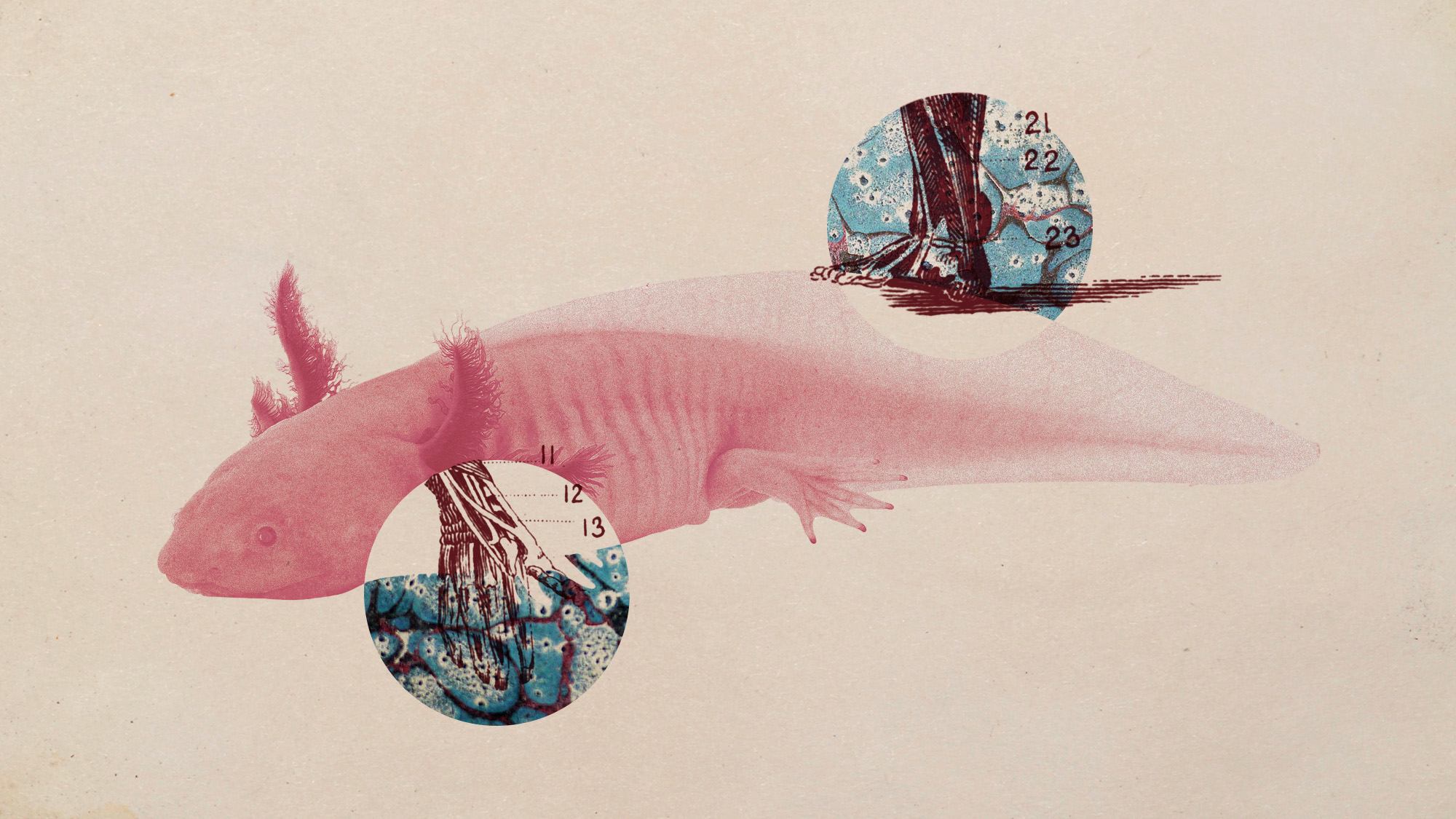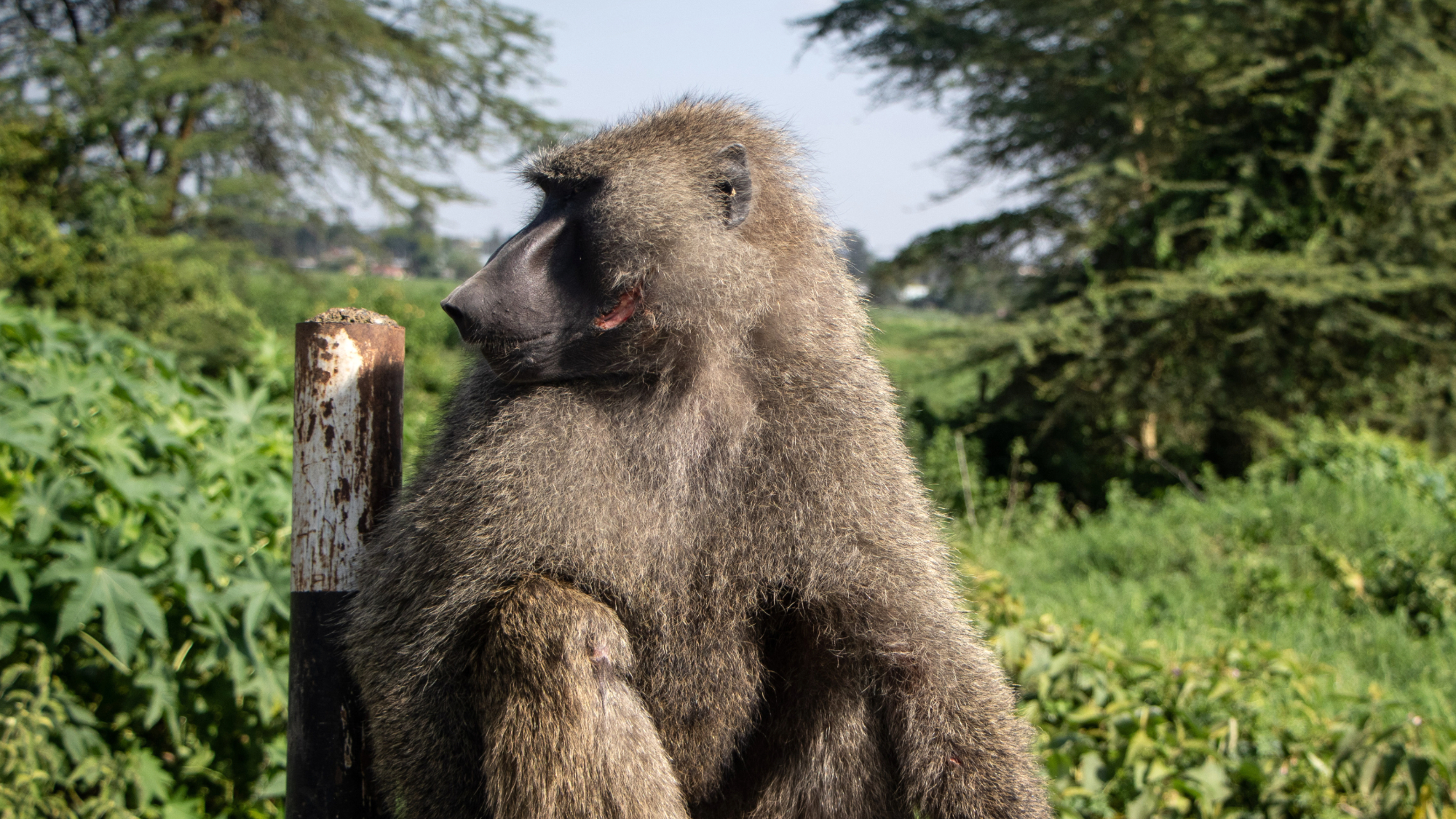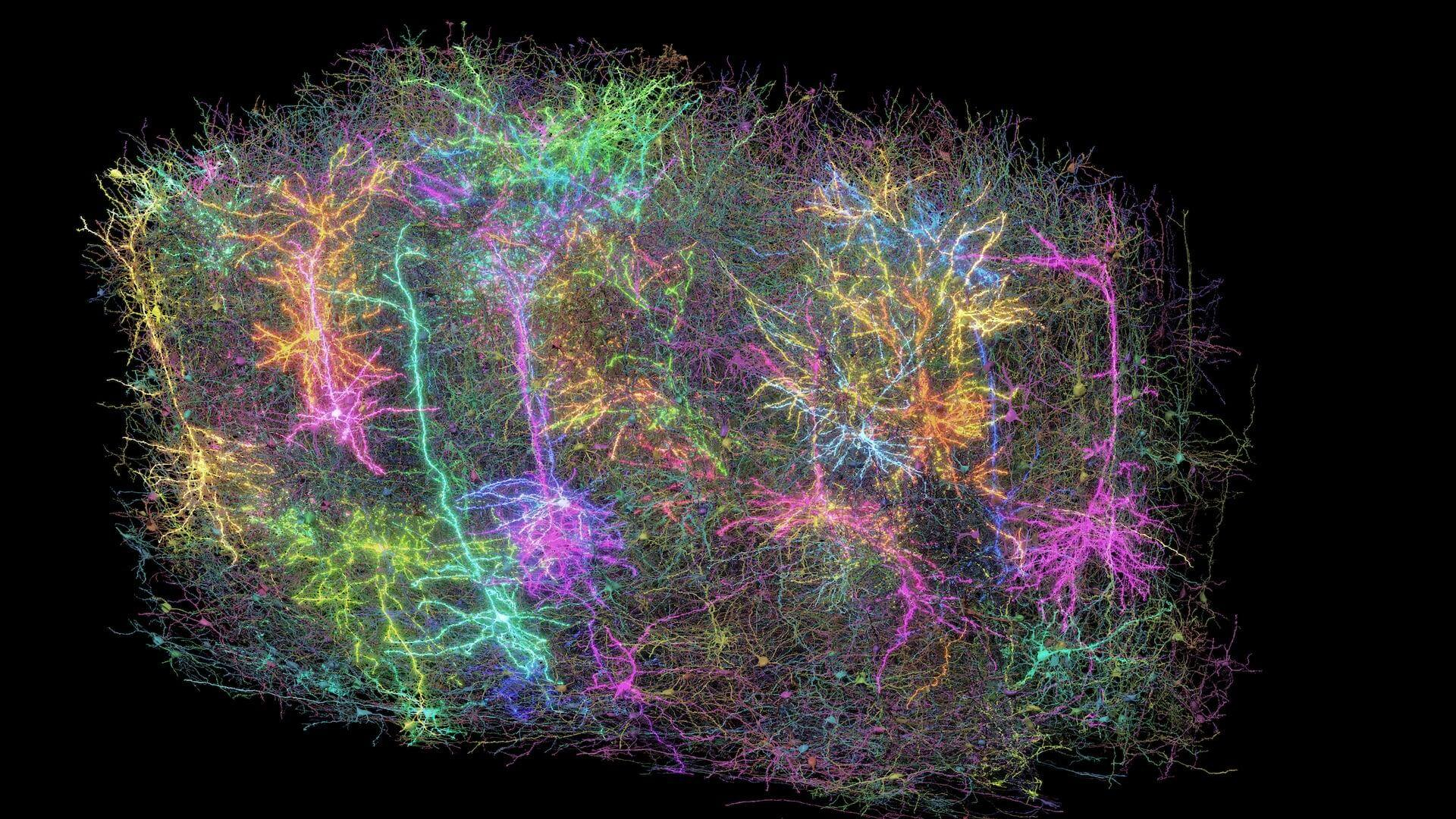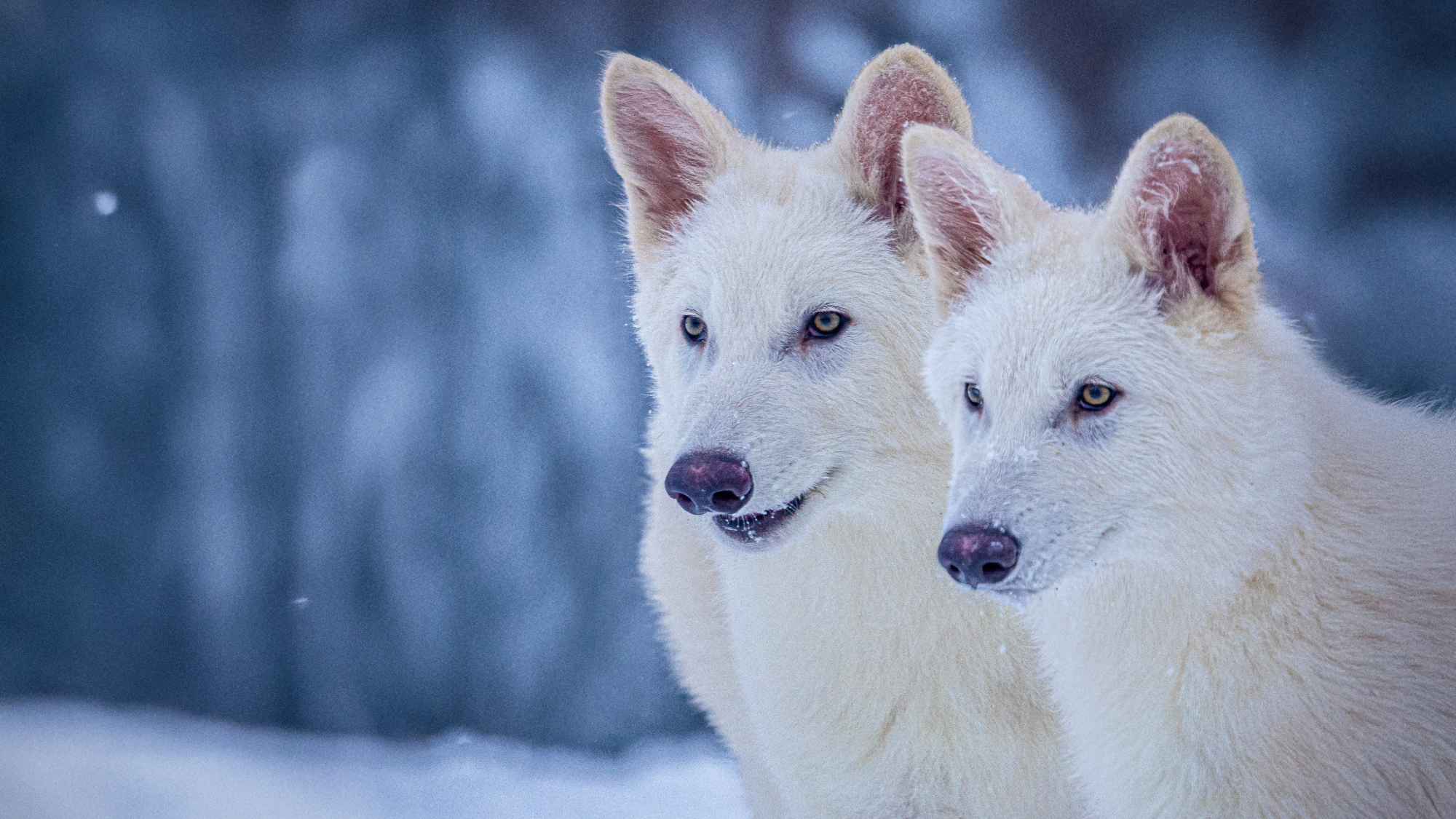Health & Science
Seeking clues to a Martian mystery; An Antarctic volcano; Why women hate ‘sluts’; An abundance of asteroids
Seeking clues to a Martian mystery
NASA has launched another spacecraft bound for Mars, this time with the goal of unraveling the mystery behind the planet’s evolution from a warm, wet environment to the cold, dry landscape it is today. The Mars Atmosphere and Volatile Evolution mission, or MAVEN, will arrive at its destination in September 2014 following a journey of more than 440 million miles. Unlike the rovers Curiosity and Opportunity, MAVEN will not explore the Martian surface, but will remain in a lopsided orbit and focus on analyzing the Martian atmosphere. Scientists will use data collected on trace gases from different altitudes to model how the Martian climate changed over billions of years. It’s already known that the atmosphere was once dense enough to support liquid water, as evidenced by geological features such as dried-up riverbeds. Current theory holds that solar wind and cosmic radiation stripped away much of the atmosphere after the planet’s protective magnetic field switched off long ago, but MAVEN will dig deeper to see if that’s true. The biggest unanswered question, NASA science mission director John Grunsfeld tells the Associated Press, is whether Mars ever supported life. “We don’t have that answer yet, and that’s all part of our quest for trying to answer, ‘Are we alone in the universe?’” he said.
An Antarctic volcano
The Week
Escape your echo chamber. Get the facts behind the news, plus analysis from multiple perspectives.

Sign up for The Week's Free Newsletters
From our morning news briefing to a weekly Good News Newsletter, get the best of The Week delivered directly to your inbox.
From our morning news briefing to a weekly Good News Newsletter, get the best of The Week delivered directly to your inbox.
Seismologists have discovered an active volcano buried more than a half-mile beneath Antarctica, raising the specter that another force besides global warming could one day contribute to the melting of the polar ice sheet. The researchers were studying the structure of the earth’s mantle when they encountered unusual data showing two swarms of low-magnitude earthquakes in a mountainous region of western Antarctica in 2010 and 2011, at a depth of 15 to 25 miles. Seismologists say the vibrations resemble so-called Deep Long-Period earthquakes, which have been recorded in active volcanic regions of Alaska’s Aleutian Islands and the Pacific Northwest. “At some point, it is going to erupt,” Washington University graduate student Amanda Lough tells NBCNews.com. While any eruption is unlikely to break through the half-mile-thick ice above the volcano, magma flow could cause serious ice melting in the western Antarctic and raise sea levels worldwide.
Why women hate ‘sluts’
Women who dress provocatively and are sexually aggressive often face ridicule that some feminists call “slut shaming.” But a new study suggests that it’s women, not men, who do most of the shaming, because of “intrasexual competition.” Canadian researchers placed female students in a room for conversation, then secretly monitored their reactions when an attractive third young woman entered. When dressed in jeans and a T-shirt, the third woman drew little commentary from the students, but when she wore a tight-fitting, low-cut blouse and a short skirt, she elicited very hostile reactions from nearly all the subjects after she left the room—eye-rolling, insults, and shouts of “What the [expletive] is that?” There is an evolutionary rationale for why women want to police female sexuality, University of Ottawa psychologist Tracy Vaillancourt tells The New York Times. “Sex is coveted by men,” she says. “Women who make sex too readily available compromise the power-holding position of the group.” Women are most aggressive toward other women during the years when they’re competing for males; the hostility fades as they get older.
An abundance of asteroids
A free daily email with the biggest news stories of the day – and the best features from TheWeek.com
Asteroids as large as the one that landed near Chelyabinsk, Russia, in February are three to five times more numerous than previously thought, new research suggests, spurring scientists and government officials to consider how to better track and respond to threats from space. NASA has cataloged more than 90 percent of near-Earth objects that are at least 1 kilometer (0.6 miles) wide, but the Chelyabinsk event underlines the risk that much smaller ones pose. A new analysis of data and video on the Chelyabinsk asteroid concludes that it was an estimated 62 feet in diameter when it entered the atmosphere, and released 500 kilotons of energy—over 30 times more than the atom bomb that was dropped on Hiroshima—when it exploded in the atmosphere and injured 1,500 people, mostly by broken and flying glass. “Over a hundred years, we see these large impactors more frequently than we would expect,” University of Western Ontario astronomer Peter Brown tells The Washington Post. A direct hit on a populated area could kill hundreds of people. The U.N. General Assembly is expected to adopt a plan to establish an information-sharing International Asteroid Warning Network. “Here’s the biggest of all natural disasters that we’re talking about,” says NASA astronaut Tom Jones, “and it’s preventable.”
-
 US citizens are carrying passports amid ICE fears
US citizens are carrying passports amid ICE fearsThe Explainer ‘You do what you have to do to avoid problems,’ one person told The Guardian
-
 All roads to Ukraine-Russia peace run through Donetsk
All roads to Ukraine-Russia peace run through DonetskIN THE SPOTLIGHT Volodymyr Zelenskyy is floating a major concession on one of the thorniest issues in the complex negotiations between Ukraine and Russia
-
 Why is Trump killing off clean energy?
Why is Trump killing off clean energy?Today's Big Question The president halts offshore wind farm construction
-
 5 recent breakthroughs in biology
5 recent breakthroughs in biologyIn depth From ancient bacteria, to modern cures, to future research
-
 Bacteria can turn plastic waste into a painkiller
Bacteria can turn plastic waste into a painkillerUnder the radar The process could be a solution to plastic pollution
-
 Scientists want to regrow human limbs. Salamanders could lead the way.
Scientists want to regrow human limbs. Salamanders could lead the way.Under the radar Humans may already have the genetic mechanism necessary
-
 Is the world losing scientific innovation?
Is the world losing scientific innovation?Today's big question New research seems to be less exciting
-
 Breakthrough gene-editing treatment saves baby
Breakthrough gene-editing treatment saves babyspeed read KJ Muldoon was healed from a rare genetic condition
-
 Humans heal much slower than other mammals
Humans heal much slower than other mammalsSpeed Read Slower healing may have been an evolutionary trade-off when we shed fur for sweat glands
-
 Scientists map miles of wiring in mouse brain
Scientists map miles of wiring in mouse brainSpeed Read Researchers have created the 'largest and most detailed wiring diagram of a mammalian brain to date,' said Nature
-
 Scientists genetically revive extinct 'dire wolves'
Scientists genetically revive extinct 'dire wolves'Speed Read A 'de-extinction' company has revived the species made popular by HBO's 'Game of Thrones'